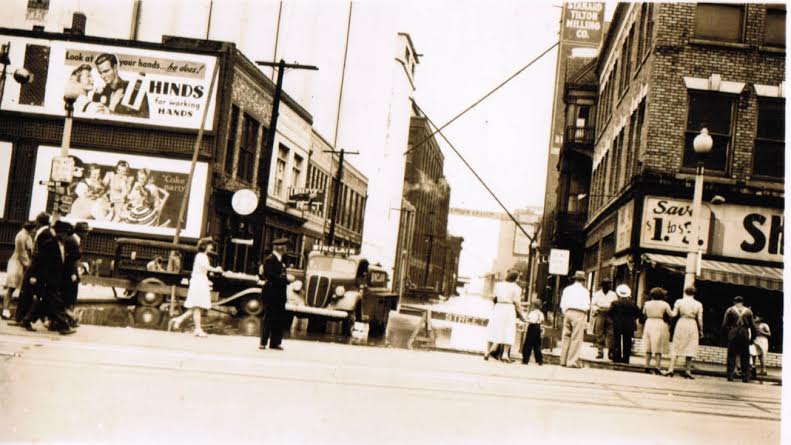
 |
|
|||||||||
| The family
business was the A. S. Hinds Co. in Portland which was famous for various
creams for the face, hands, and Skin. The A.S. Hinds company was started
in 1875. They were bought out in 1907 by Lehn & Fink, maker of
Lysol. The honey almond cream product was still available in 1948.
Hinds Honey and Almond Cream was formulated and marketed by Aurelius Stone Hinds in Portland Maine. He moved to Portland in 1862 and worked in a drugstore, which he bought in 1870. He worked on the formulation of the cream for a number of years, and began selling it from the drugstore probably sometime in the latter part of the 1870's. It was such a huge success that he soon had to put it into commercial production, first in Portland, and at some point distribution was shifted to a company in New Jersey. A number of different bottles from the very early days of the product are commonly found, but unfortunately they do not carry a date. There was a Hinds Honey & Almond Cream radio program on CBS, starring George Burns and Gracie Allen from 1939 to 1940 on CBS radio. |
|||||||||
|
|||||||||
|
|||||||||
|
|||||||||
 |
|||||||||
| We received this photo from Scott Dixon from
the state of Mississippi.
Above please find a family photo of a flood in downtown Alton, Illinois which includes an ad for Hinds hand cream on the building on the left. The photo is looking west along 2nd Street (now called Broadway), at the intersection of Piasa Street (also now US 67). The Mississippi River would be at the left/south, behind the buildings, and is barely visible far in the distance with view of the river upstream (the Mississippi flows primarily from the West to NW to the East or SE at this point of the river). The photo was most likely taken during the great flood of 1937, given that I believe that's a 1937 Ford truck in the photo, and the other truck in the photo is of similar vintage. The next major flood at Alton was the 1945 flood, so it could possibly be a photo of that flood, and both trucks in the photo would therefore be about 8 years old. |
|||||||||
|
Lehn & Fink was founded in New York City in 1874. In 1890 Lehn & Fink introduced Lysol, the first universally branded disinfectant, to the United States by importing it from Schulke & Mayr of Hamburg, Germany. Lehn & Fink began manufacturing Lysol under a licensing agreement in 1912, and in 1922 Lysol was purchased by the company. In 1907 Lehn & Fink acquired A.S. Hinds Company, the manufacturer of Hinds' Honey and Almond Cream, a nationally known product. Hinds, which was founded in 1875, continued to operate independently. Lehn & Fink erected large buildings at the corner of William and John Streets in downtown New York in 1911, which they occupied until 1919. By 1925 the company had a plant located in Bloomfield, New Jersey, consisting of seven buildings. By the 1920s Lehn & Fink owned all of the outstanding stock of Watsessing Garage Company, Products Realization Corporation, and Pebeco, Inc., the latter being the manufacturer of Pebeco Tooth Paste. In July 1925 a new holding company was created called Lehn & Fink Products for the purpose of acquiring Lehn & Fink, Inc., and A.S. Hinds Company. At the time, this merger was presented as being the first step in a broad plan to acquire similar products through acquisitions. In August 1925 the investment banking firms Goldman Sachs, Lehman Brothers, and Bond & Goodman offered 235,000 shares of common stock of Lehn & Fink Products at $36.50 a share. By December 1925 the combined assets for Lehn & Fink Products amounted to $9.7 million, and it employed 625 people. In 1967, Lehn & Fink was bought by Sterling Drug, a US pharmaceutical company. This began a series of buyouts. Sterling Drug was acquired by Eastman Kodak in 1988, the various components of Lehn & Fink were separated and some components were sold to Playtex Products in 1998. After some unsuccessful reorganisations, Playtex sold a number of its brands in 2005. |
|
Dean B. Zaharis Created: August 3, 2008 Last Update: May 9, 2022 Send comments to: FriendsOfHinds@gmail.com |